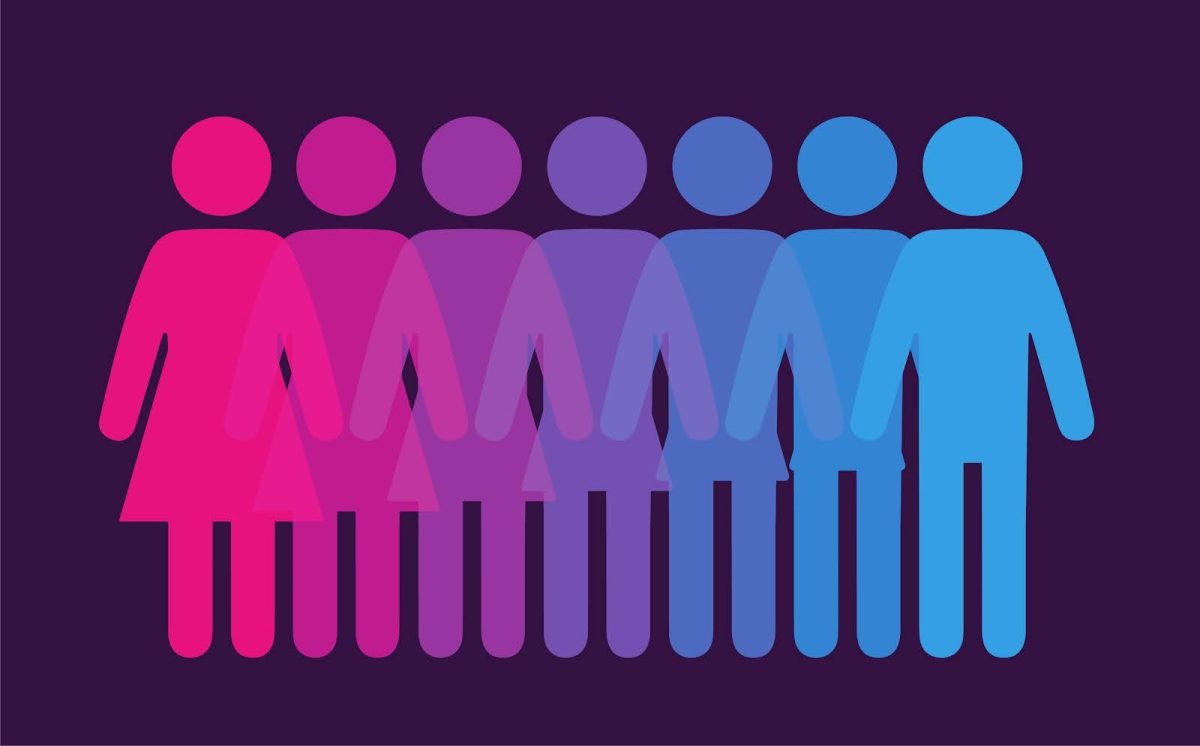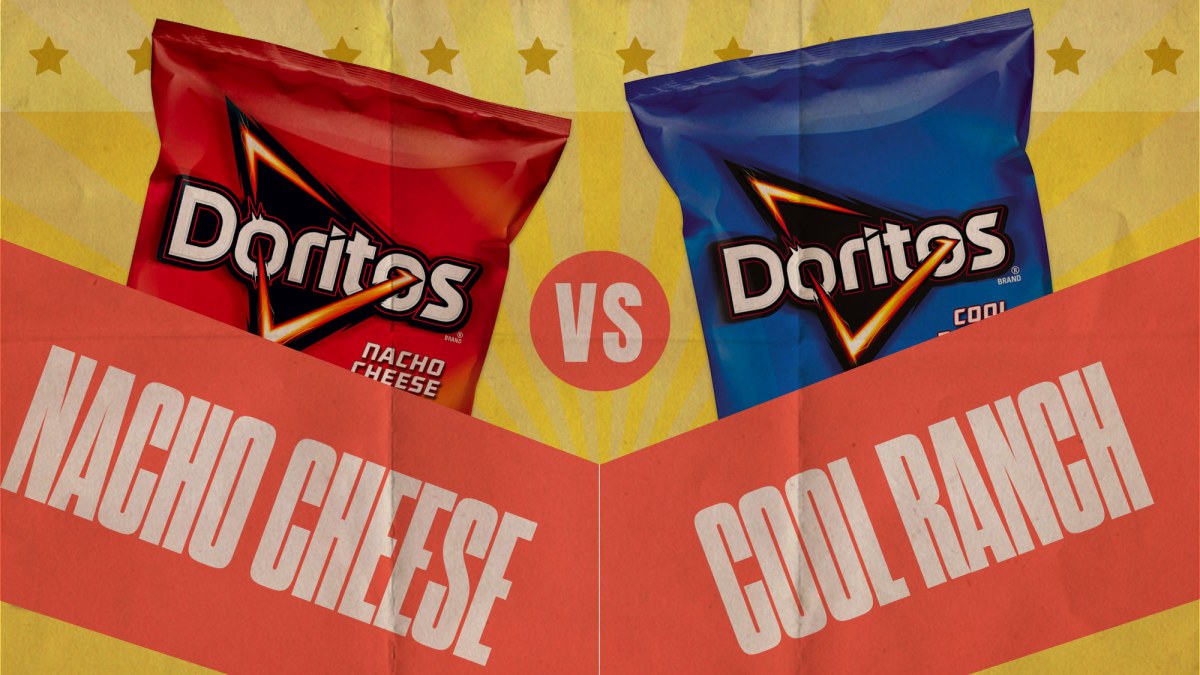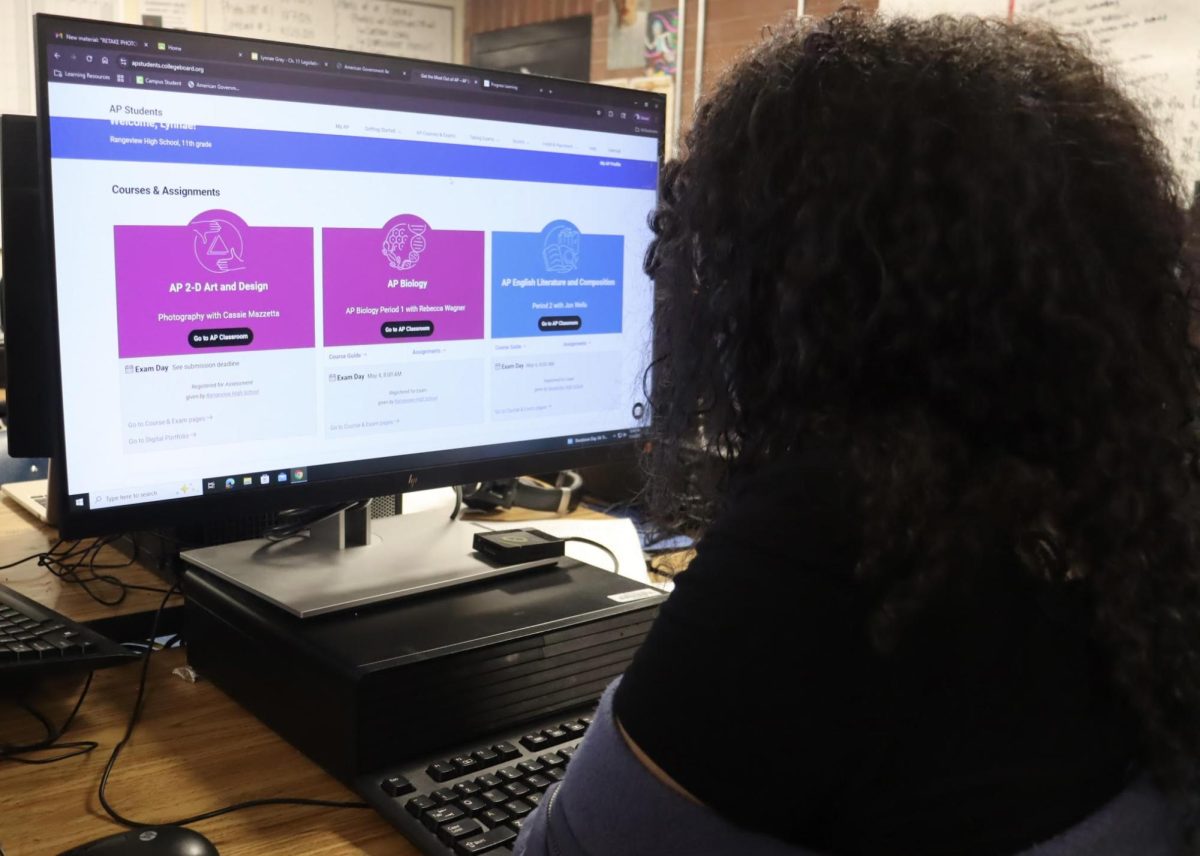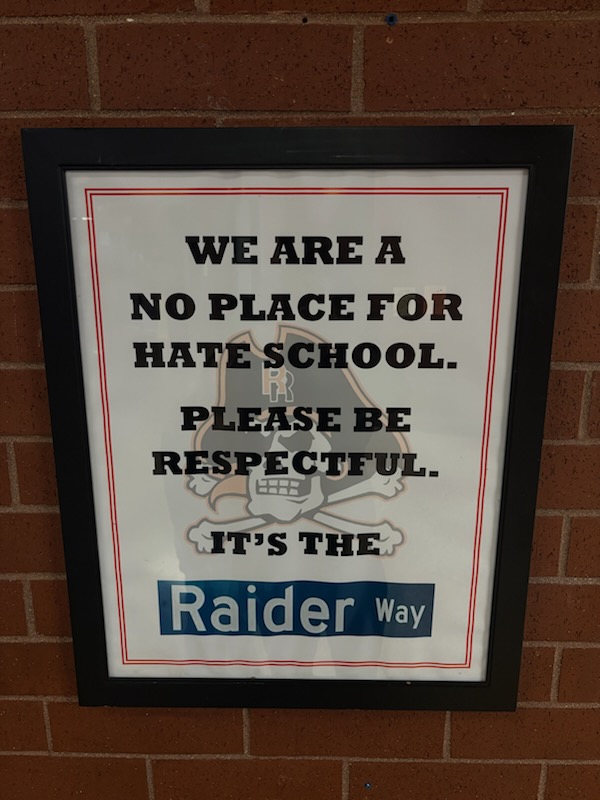Forty-three percent of transgender adults reported having suicidal thoughts in the past year, a rate much higher than that of other adults, with only 16%. A big reason for this intense difference is the discrimination transgender people experience, with the idea that being Trans is an illness, or that it simply doesn’t exist. Transgender people do exist, and the gender they identify is who they are, and can be proven.
Many religious organizations have been outspoken against the idea of people being transgender, claiming that their holy books or ideas, such as changing what God has given you, is wrong and a “sin”. However, this does not represent the whole of religion or any single belief. The focus of this article is on the science of gender, and not the role Religion plays in the LGBTQ community’s history of discrimination.
There are two aspects of gender. Gender is on a spectrum, as with sexuality. On one end, you feel total and complete masculinity and the absence of femininity. The opposite goes for the other end.
The Internal Science of Gender
From a biological standpoint, gender can be seen as a neurochemical phenomenon. This is because sex and gender are two different things. Sex refers to chromosomes, and there are two sexes, male and female. While scientists are still researching the topic, gender can be represented as a profile that guides how you feel and love. It can be represented as a chemical reaction to the way you feel.
For example, a gender fluid person’s brain feels that they fluctuate in gender and don’t stay as one gender. Some days they feel the need and reaction to express femininity, and other days it’s the opposite. Gender is entirely neurochemical and is proven to be real. According to the National Library of Medicine, “Regarding grey matter, the main sexually dimorphic areas associated with the development of gender identity are represented by the central subdivision of the bed nucleus of the stria terminalis (BNST) and the third interstitial nucleus of the anterior hypothalamus (INAH3).”
In other words, the brain does have a process in which gender is developed and formed, and scientists have pinpointed the exact regions it takes place.
From a SOCIAL standpoint, gender is the way you express and represent yourself. It’s still connected to how you feel, but the difference in standpoint comes from gender identity. Before we discovered the biological side of gender, humanity had created several gender constructs based on who we are.
In the early 20th century, pink was associated with masculinity, while blue was seen as feminine. Looking back on this, we can see how the roles and associations we as a society have connected with who we are have flipped, and are constantly changing all around us. Gender identity can be influenced by the culture and society you are a part of; however, this does not invalidate gender studies or the identity of people.
As an example, someone who is non-binary doesn’t fit the roles of any gender. They don’t see themselves fitting the roles of a certain gender, so they choose to stay neutral and combine aspects of each role. The idea of gender from a social point stands as a person’s way to feel comfortable in their own way. It allows them to express themselves in a way that makes them feel comfortable.
Gender from a social construct does work with biology, and the study of gender has been an ongoing field, first described by the controversial figure at the time, sexologist John Money in 1955, to describe a human characteristic, with its interpretation and use changing over half a century. The claim that Transgender people have only popped up within the last decade is both a lie and not true, with documentation of the “Galli” people, a group of priests who became females.
Gender identity can be a hard concept to understand, and may never be accepted fully into the world, just as homosexuality. But trying to love and accept your fellow human shouldn’t be hard work. It should be obvious. A future of inclusion and love should be a goal that all should have. With enough education and awareness, it’s something we can achieve.
You may be asking yourself why the subject is changing from Transgender people to Homosexuals. While yes, Trans and gay people are very different socially and biologically, their histories are very similar, and are connected. During the Stonewall riots, the most prominent were Marsha P. Johnson and Sylvia Rivera. They both began being mentioned in society, they fought for their rights, and now they are both parts of our world.
Is Homosexuality Unnatural?
Homosexuality or bisexuality is visible through male-to-male relationships or female-to-female relationships. The argument that homosexuality is unnatural is a complete lie. While this is often said to young queer people as a way to deter them from their own identity, it is important to remember this is not true. In fact, Homosexuality is quite common and relevant in nature.
Black swans: Around 25% of the species pairs are male to male. In other words, a quarter of all relationships in black swans are homosexual or bisexual.
Bonobo Primates: 60% of all bonobo sexual activity occurs between two or more females
Rams: Nearly 10% of rams have same sex attraction, which is close to the number of humans who are homosexual.
Bottlenose dolphins: All males are born bisexual, and at a young age, male dolphins are particularly close to other male dolphins
Orcas: While they also mate with females, Orcas have been seen to mate with other males.
Penguins: Same sex penguin pairs have been spotted since 1911; it’s about a 1 in 5 chance for a penguin to show only homosexuality. (An example of this is the Magellanic Penguin)
Flamingos: Around 6 percent of all flamingos are in a same sex relationship.
Often, people use this argument to dehumanize homosexuals, yet fail to realize that homosexuality is completely natural. Humans are quite different from most animals; this might be interpreted as homosexuality being “wild and unnatural” to our nature. However, this is only further proof of homosexuality being biologically common. Not only are these instincts built into many people’s genetic profile, but we can also recognize and understand different preferences between what we are all attracted to.
Does the LGBTQ force their agenda on children?
In short, no. The goal and hope are to help and advocate for queer people around the world. Most of the time, what people see as “Indoctrination” is simply education. There is a difference between telling children that gay people exist and telling kids they need to be gay. No public education service has mandated or used this strategy in its curriculum. Kids are not being compelled to be gay; however, certain states, such as California, do mandate that the history of the LGBTQ+ community be studied.
It’s actually quite the opposite. Heterosexuality is often pushed in the media, and the set standard for many romance topics is heterosexual. Throughout the centuries, Gay people and trans people have existed. Yet, they’ve always been pushed away. While representation is improving, it wasn’t until 2015 with Obergefell v. Hodges that same-sex marriage was legalized.
Something to mention is that religion does play a role in the hate the LGBTQ community gets. While yes, it is important to know that many people discriminate against queer people because they claim their religion is against it, this does not mean the whole of that religion believes that. With that being said, religion will not be further discussed from this point on.
Are queer people predators?
According to the Zero Abuse Project, A majority of child sexual abuse cases are caused by heterosexual men. To quote Dr Gene Abel, “…[M]ost men who molest little boys are not gay. Only 21 percent of the child molesters we studied who assaulted little boys were exclusively homosexual. Nearly 80 percent of the men who molested little boys were heterosexual or bisexual, and most of these men were married and had children of their own.”
It’s important to remember that being queer does not make you a bad person or predator; the same as the LGBTQ community is not a group for predators, but those who wish to feel accepted.
Conclusion and finishing thoughts.
Through hundreds of thousands of years, humanity has never gotten along. But under the circumstances where we have worked together, we have strived. Humanity has won. We have prevailed. The idea of hating homosexuals, transgender people, specific races, or any difference in a community or area, is harmful to everyone involved. We’ve torn ourselves apart for no good reason. The purpose of this article isn’t to inspire people to hate homophobes, but to educate people on the science and reasoning behind the LGBTQIA. For the remainder of our time on earth, our goal should be to work together. Let’s strive for that.





